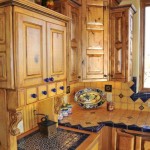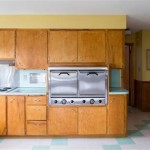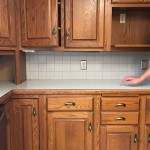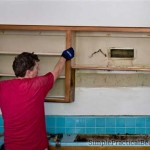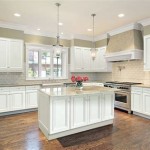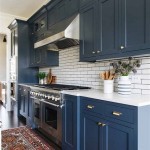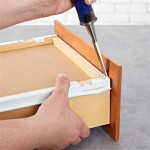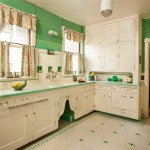Essential Aspects of Painting Over Existing Kitchen Cabinets
Repainting kitchen cabinets is a budget-friendly and transformative way to update your kitchen without replacing them. However, to achieve a professional-looking finish that lasts, it is crucial to consider the essential aspects of the process, including surface preparation, paint selection, and application techniques.
This article will delve into the key elements involved in painting over existing kitchen cabinets, providing comprehensive information to help you navigate this DIY project successfully.
Surface Preparation: The Foundation for a Flawless Finish
Proper surface preparation is the cornerstone of a successful paint job. It removes dirt, grease, and imperfections that can compromise adhesion and lead to premature peeling. Cleaning cabinets thoroughly with a degreaser and sanding them lightly to smooth out surfaces is essential.
Paint Selection: Choosing the Right Formula for Your Needs
Selecting the right paint formula is crucial for both durability and aesthetics. Oil-based paints provide a hard, glossy finish that resists wear and tear, while water-based paints are easier to apply, clean up, and dry faster. Consider the sheen level, from flat to high-gloss, to complement your kitchen's style and lighting.
Priming: Enhancing Adhesion and Preventing Stain Bleed-Through
Priming is a crucial step that prevents the original cabinet finish from bleeding through the new paint, especially if the previous finish is dark. It also improves paint adhesion, ensuring a long-lasting bond between the paint and the surface.
Application Techniques: Achieving a Professional-Looking Finish
Using the proper paintbrushes and rollers can significantly impact the final outcome. Natural-bristle brushes are ideal for oil-based paints, while synthetic brushes work well with water-based paints. Rollers provide a smooth, even finish and are suitable for larger areas.
Drying Time and Curing: Patience for a Durable Finish
Allowing ample drying time between coats is essential for proper adhesion and a durable finish. The drying time varies depending on the paint type, temperature, and humidity. Additionally, giving the painted cabinets time to cure fully (typically 2-4 weeks) ensures optimal strength and resistance to wear and tear.
Conclusion
Painting over existing kitchen cabinets requires attention to detail and careful consideration of essential aspects such as surface preparation, paint selection, priming, application techniques, drying time, and curing. By following these guidelines and investing in quality materials, you can transform your kitchen with a beautiful, professional-looking finish that will last for years to come.

Avoid These Mistakes How To Paint Cabinets That Are Already Painted Grace In My Space

How To Make Old Cabinets Look New With Paint

My Painted Cabinets Two Years Later The Good Bad Ugly

How To Paint Kitchen Cabinets Best Color Ideas Cost

Painting Your Kitchen Cabinets Is Easy Just Follow Our Step By Tutorial
:max_bytes(150000):strip_icc()/DearLillieCabinets-5c64643b46e0fb0001f090ca.jpg?strip=all)
30 Painted Kitchen Cabinet Ideas

How To Paint Kitchen Cabinets

Should You Use A Paint Finish For Kitchen Cabinets

How To Paint Kitchen Cabinets Budget Friendly Makeover

How To Paint Kitchen Cabinets A Step By Guide Confessions Of Serial Do It Yourselfer

